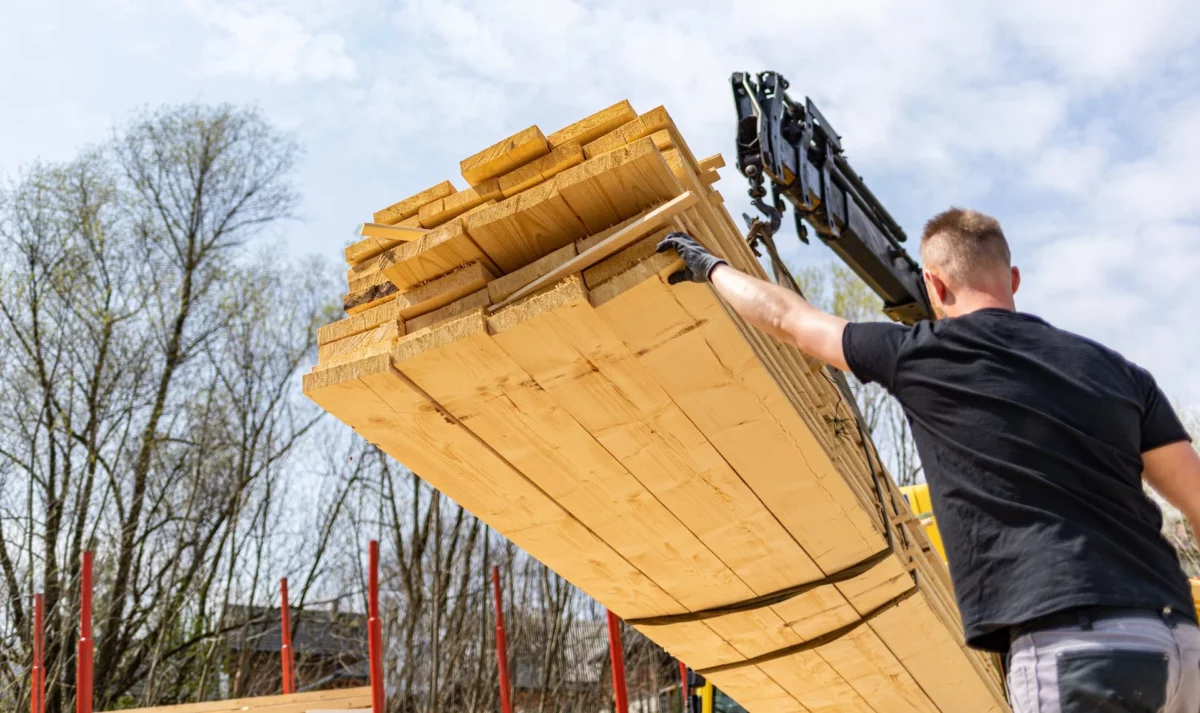How Smart LBM Dealers Avoid Losing Money on Delivery

Even in good times, construction supply is a low-profit business. Net profit at most building material dealers typically hits the 3% range, so any year in which the margin reaches 5% is cause for those companies to break out the champagne.
But other lumberyards and specialty dealers consistently top those numbers.
How?
Not through some big move, but rather by scrutinizing everything they do, seeking to pare costs and thus wring more profit out of each revenue dollar. Increasingly in recent years, they’re examining how well they deliver their goods.
These dealers already measure OTIF—the percentage of deliveries they make that arrive on time, in full—and have boosted their performance from the typical starting point in the 70% range to reach 90% or higher.
Now they’re doing the hard graft required to raise that rate a few more points, particularly once they begin including hot runs in their calculations.
At the same time, they’re looking into how much it costs to serve each individual customer. They want to assure that every delivery truck not only reaches the job site on time and in full, but also returns to the yard with a profit.
These cost-to-serve figures can be as surprising as they are illuminating. Consultant Jim Enter worked with one dealer to examine how much that company was spending on gas, mileage, personnel costs, payment terms, and more for each of the dealer’s top 80 customers.
He found the average cost to serve was 17.2% of revenues. Then Enter and the dealer subtracted those 17.2 points from the gross profit margin percentage for each of those 80. The average profit generated was 5.01% of revenue received, but the range went from a profit of 14.8% to a loss of 3.3%.
It turned out the biggest money-loser also was the company’s biggest customer.
“Freight is the last fat rabbit we’ve got” if we want to take aim at construction supply costs, Leonard Safrit, a pioneer in cost-to-serve measuring, told me back in 2012.
“How in the world can you sell Customer A, who requires you to go to the job site 30 times and builders 200 miles from the store, and Contractor B, who lives across the street and requires you to go to the site three times, for the same amount of money? We’re doing it all the time, and that’s the stupidest thing in the world.”
Safrit, who runs Safrit’s Building Supply in Beaufort, NC, answered that question for himself by creating a formula to help him determine whether his bid price—and delivery commitment—would generate a profit or saddle him with a loss. He believes that using the formula has helped him add several points to his company’s bottom line.
Safrit can employ his formula in part because he uses dispatch/delivery software to provide statistics on every trip. Sunpro, a big dealer in Utah, lacks that software, but it has been able to create a workaround that’s cruder yet still effective. Sunpro rates each customer on four factors:
- Volume (or potential volume);
- Cost of credit (i.e., how well they pay);
- Cost of service (measured by proximity to Sunpro’s yards as well as how many returns the customer request and even how clean the job site is); and
- How many different product lines the customer buys
The dealer then gives those four factors different weightings and uses them to produce about 40 price levels for each of its products. There’s roughly a 25% gap between the highest and lowest price for a commodity, and a narrower top-to-bottom range for branded items. Some gaps between those 40 price levels are less than a percentage point. The result is pricing that better reflects the cost of service.
This increased precision fosters an attention to detail that in turn has prompted a re-examination of longstanding construction supply practices—even practices that have been studied before. Take hot runs, for instance.
In the past, dealers pushed for improved OTIF numbers in part because a higher on-time, in-full number implied the dealer had gotten better at remembering to put an item on the truck, and thus fewer hot runs were needed.
But emergency deliveries didn’t go away. There still were cases in which the builder forgot to ask for something and needed it right away.
In the past, dealers just regarded such trips as part of LBM life. Now that they are generating hard numbers on the cost of this necessary evil, they are beginning to ask whether there are better ways to do this work, and do it at a lower total price.
Expect this to be one of the next initiatives you’ll see at LBM dealers who hope to raise their profit to champagne-worthy levels.
